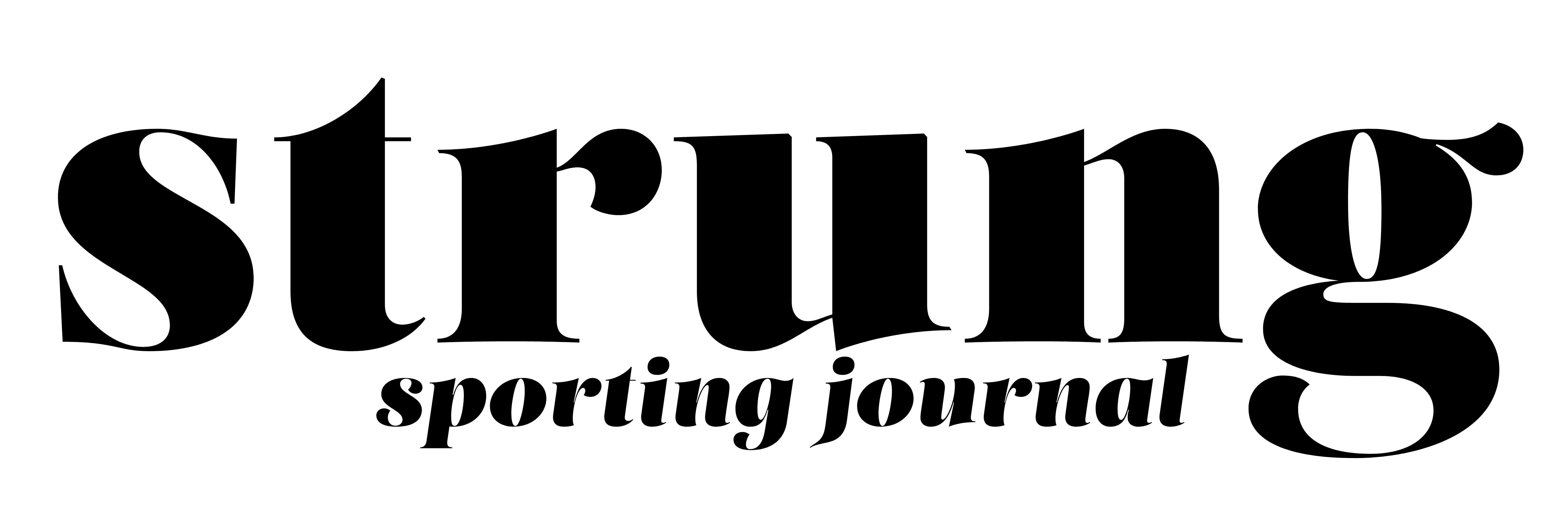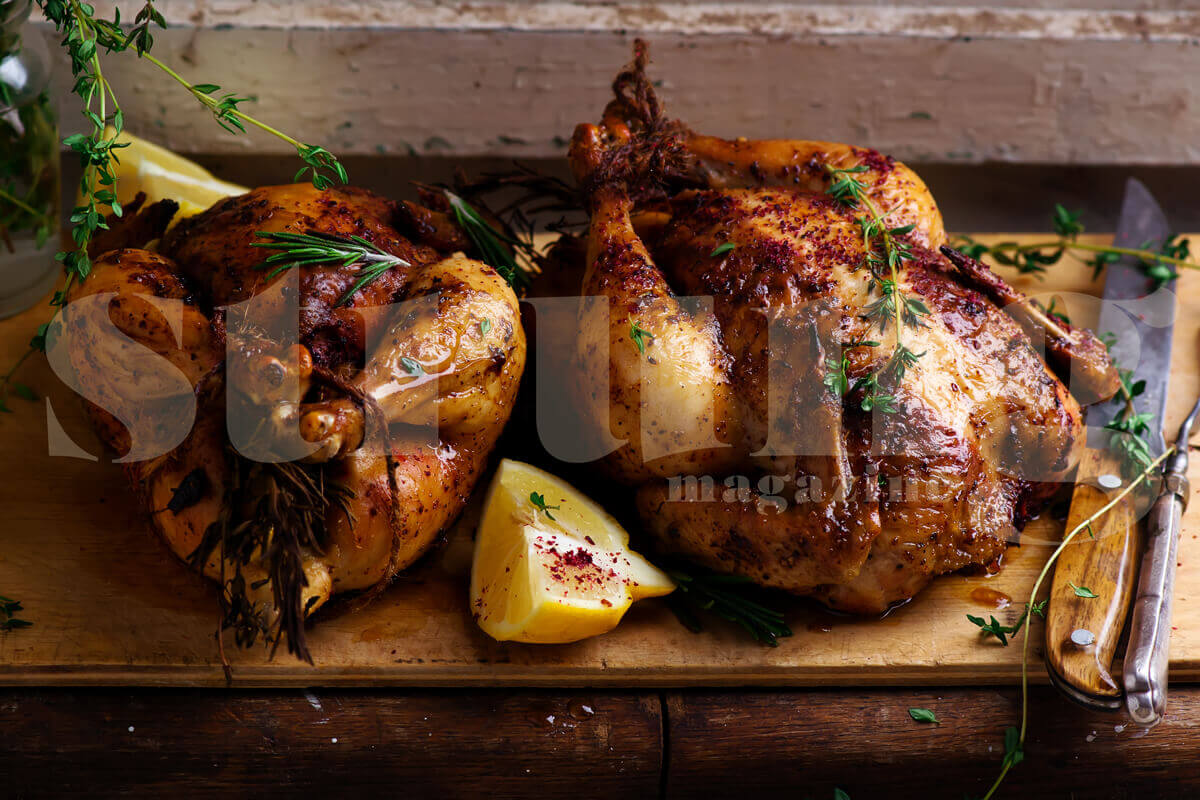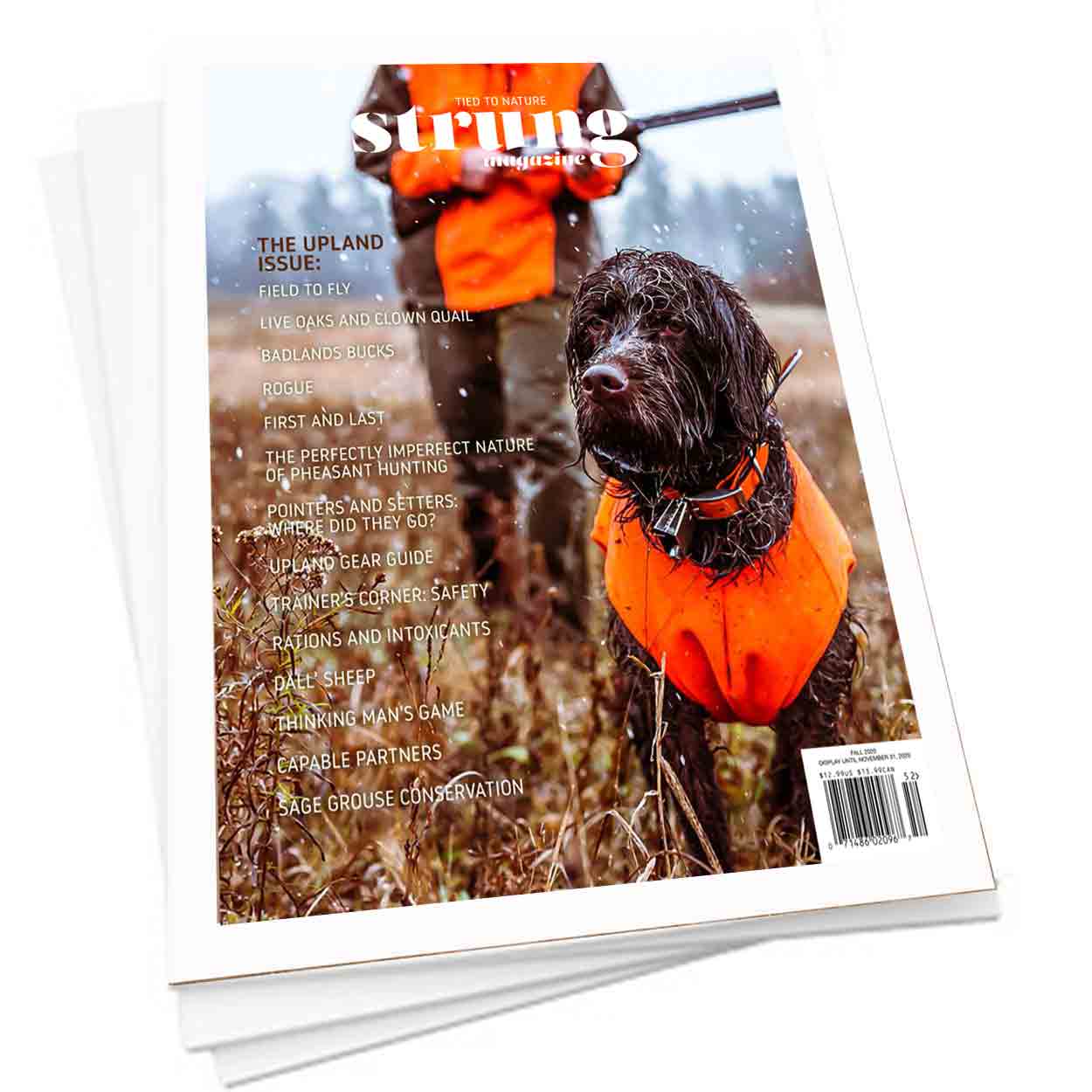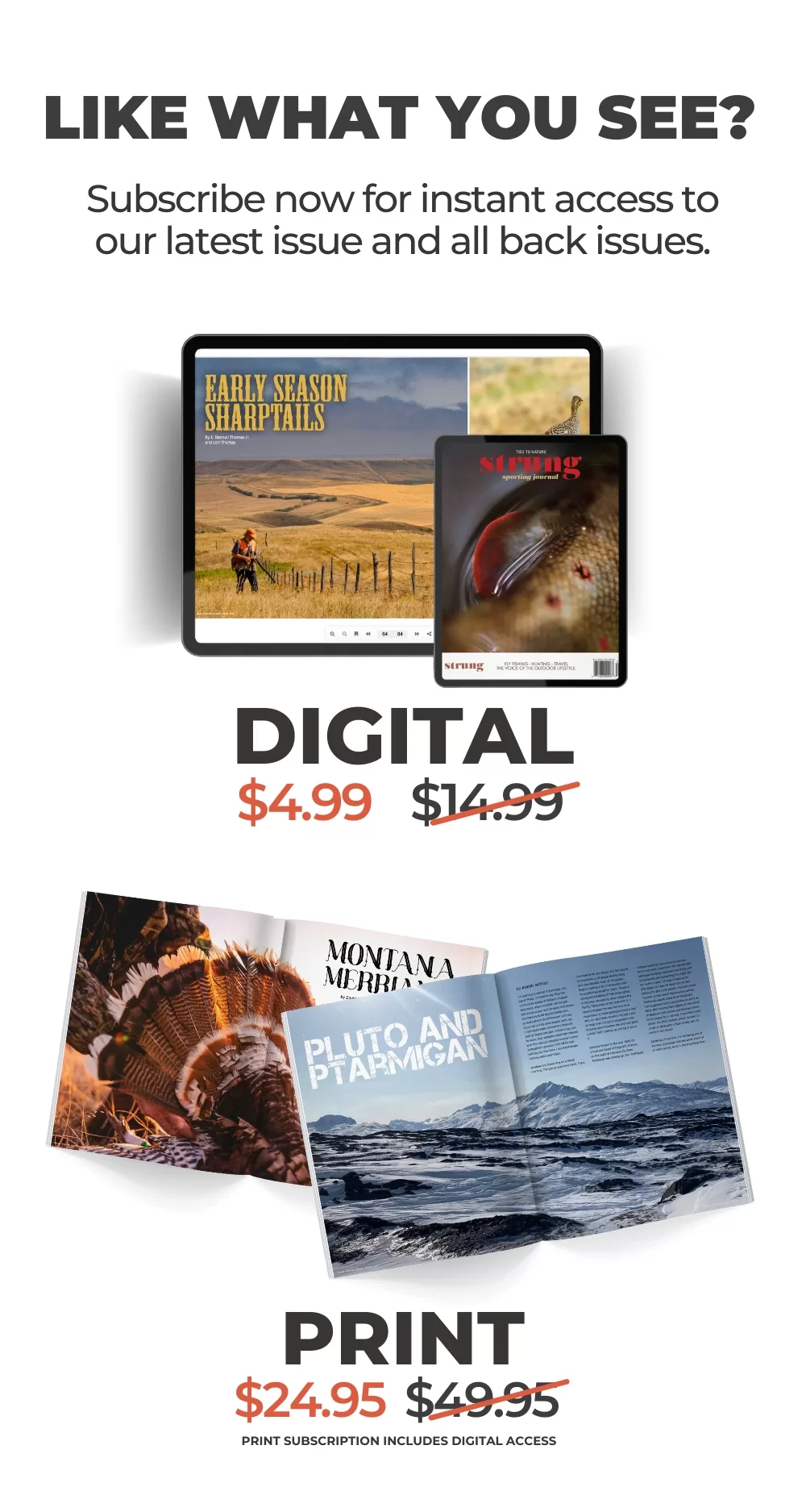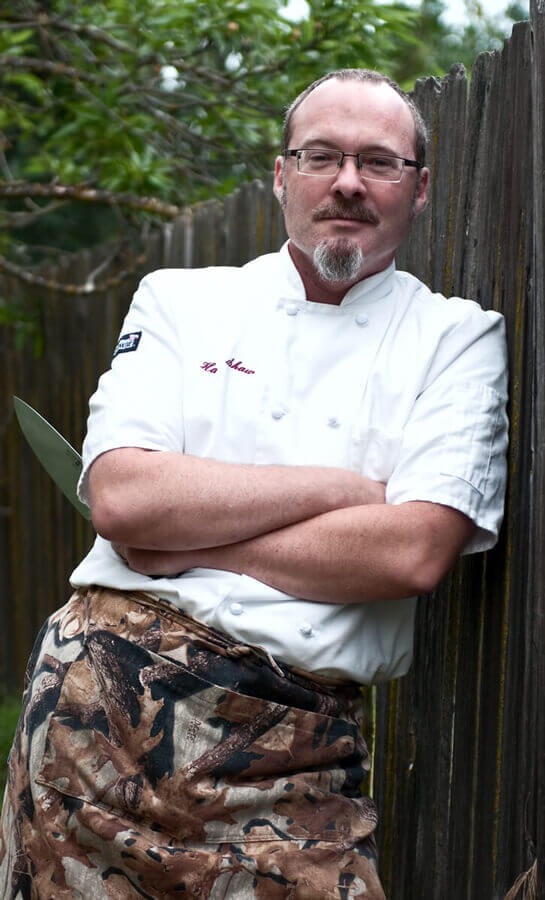 It’s not an overstatement to say that Hank Shaw has changed the way many of us eat, prepare, and think about wild food. Inspiring people to take ownership of what they feed themselves and their family has been a passion for this writer and chef from the outset. On his website Hunter, Angler, Gardner, Cook and in his past four books—Hunt, Gather, Cook; Duck, Duck, Goose; Buck, Buck, Moose; and Pheasant, Quail, Cottontail—he has inspired a new generation of hunters, anglers, and foragers to take to the field. He’s also shown them how to make delicious meals with what they bring home, earning him a James Beard award in the process. His writing was in-part what inspired me to cook and eat primarily wild food, so I was excited at the chance to interview him.
It’s not an overstatement to say that Hank Shaw has changed the way many of us eat, prepare, and think about wild food. Inspiring people to take ownership of what they feed themselves and their family has been a passion for this writer and chef from the outset. On his website Hunter, Angler, Gardner, Cook and in his past four books—Hunt, Gather, Cook; Duck, Duck, Goose; Buck, Buck, Moose; and Pheasant, Quail, Cottontail—he has inspired a new generation of hunters, anglers, and foragers to take to the field. He’s also shown them how to make delicious meals with what they bring home, earning him a James Beard award in the process. His writing was in-part what inspired me to cook and eat primarily wild food, so I was excited at the chance to interview him.
Shaw grew up in New Jersey, the youngest of four siblings in a household that valued good food. His first encounters with wild food were at French and Italian restaurants that his parents took him to. While most kids his age were eating hot dogs and hamburgers, Shaw was exposed to duck, pheasant, quail, and squab. He attributes his early appreciation of wild game to those meals.
“Because of those experiences, I’ve always associated game meat with special meals,” Shaw reflected. “Eating game and viewing [it] as something special and good has always been a part of my experience.”
While studying journalism in graduate school, Shaw worked at an Ethiopian restaurant, first as a dishwasher and eventually transitioning to sous chef. After graduate school, Shaw left the kitchen to work as a newspaper reporter, covering politics across the country. His reporting required frequent moves with stints in New York, Virginia, Wisconsin, Minnesota, and California. Although Shaw had been fishing and foraging since he was a kid, he never hunted until moving to Minnesota.
“I had fished all summer with my friend, Chris Niskanen. He had been buttering me up to try hunting by giving me pheasants, venison, and ducks. I finally went with him and it wouldn’t be exaggerating to say getting in the field those first few times was life changing. I had spent a great deal of time in the ocean learning how to read water—tides, weather, surf—in an intimate way. I didn’t realize until those first few hunts that hunting did the same thing on land.”
While working as a reporter, Shaw’s new enthusiasm for hunting paired well with his knowledge of cooking and he began writing about wild food for a variety of publications.
“I covered politics for 18 years,” Shaw said. “It could be a grind at times and cooking helped me keep my sanity. It was my creative outlet. Because I started hunting and had always been foraging, fishing, and gardening, I was starting to develop a lot of really interesting recipes that I hadn’t seen elsewhere.”
Eventually, Shaw’s culinary ideas were coming faster than he could publish them so in 2007 he started his website Hunter, Angler, Gardener, Cook. Within three years he was nominated twice for a prestigious James Beard award, and in 2013 he won.
“After the nominations and winning the award my phone started ringing off the hook. It led to my first book deal and gave me the push to make cooking and writing my full-time job,” Shaw told me.
Shaw’s first book, Hunt, Gather, Cook took readers through the kaleidoscope of the North American landscape, pointing out delicious things to eat and telling readers exactly how to prepare them.
“Eating wild food is not only a rejection of industrial agriculture and the food manufacturing establishment,” he wrote in the book’s introduction. “It is also a celebration of something truly magical: a meal you cannot buy in a store at any price. And what’s more: You brought it home, all by yourself.”
Shaw’s passion for the outdoors, skill in the kitchen, and writing connected with people. Hunt, Gather, Cook was met with critical acclaim and the book also came at an opportune time when Shaw was noticing a shift in the way people were thinking about what was on their plate.
“At that time there was a resurging desire to take more control of what you were feeding yourself and your family,” he told me. “That coupled with a reaction to an increasingly electronic world made wild food attractive. People want real experiences. People want authenticity. To start hunting is to create your own authenticity.”
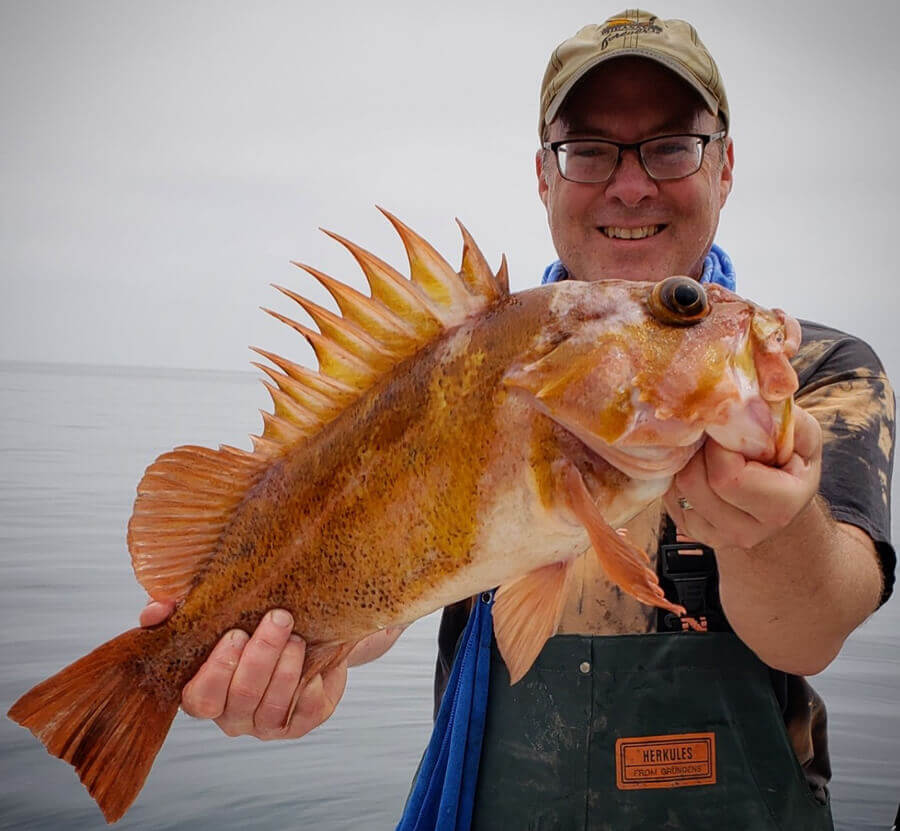 Since then Shaw has traveled all over North America teaching seminars on how to butcher and prepare wild game. He’s also written three additional cookbooks, each of which takes a deep dive into a specific category of wild game. Buck, Buck, Moose, which won the Best Book Award from the Outdoor Writers Association in 2016, focuses on all forms of venison including deer, elk, moose, antelope, and caribou. It not only contains recipes for things most hunters are familiar with, but has an entire section devoted to “the wobbly bits.” Because of recipes like Cajun Boudin Balls, Grilled Deer Heart with Peppers, and Liver Dumplings there are a lot fewer livers and hearts abandoned in gut piles across the country.
Since then Shaw has traveled all over North America teaching seminars on how to butcher and prepare wild game. He’s also written three additional cookbooks, each of which takes a deep dive into a specific category of wild game. Buck, Buck, Moose, which won the Best Book Award from the Outdoor Writers Association in 2016, focuses on all forms of venison including deer, elk, moose, antelope, and caribou. It not only contains recipes for things most hunters are familiar with, but has an entire section devoted to “the wobbly bits.” Because of recipes like Cajun Boudin Balls, Grilled Deer Heart with Peppers, and Liver Dumplings there are a lot fewer livers and hearts abandoned in gut piles across the country.
“It’s really important for me to help people eat more of the animals they bring home,” Shaw explained. “There’s less waste, it honors the animal more, and frankly there are some amazingly delicious things to make with these bits. They are not only better tasting, but they are way more interesting to me than a backstrap.”
His other two books, Duck, Duck, Goose and Pheasant, Quail, Cottontail concentrate on waterfowl and small game respectively. Duck, Duck, Goose contains simple advice for basic things like grilled duck breast and slow-roasted duck, and also features an array of duck and goose charcuterie as well as advice on plucking, aging, and breaking down wild birds. Pheasant, Quail, Cottontail is near to Shaw’s heart because of his love of small game.
“I don’t feel the urge to fill the freezer when my freezer is already full. It’s a major reason why I love hunting small game so much. I can hunt more and fill my freezer slowly. It also gives me a lot of options in my freezer,” Shaw commented.
And what a freezer that is. Shaw works from and continually builds a treasure chest of wild food. I asked him what he has in his freezer at the moment and how he keeps everything straight.
“Its all in my head,” he said laughing. “Right now I’ve got deer, ducks, geese, ptarmigan, turkey, quail, snipe, doves, all kinds of fish, some pork a buddy of mine in Michigan raises, and shrimp. […] You can get off the industrial meat chain pretty easily if you are a decent fisherman, a decent hunter, and a decent gardener. That’s what attracted to me to hunting in the first place. If I could even in a small way divorce myself from [industrial agriculture] it would be a good thing,” Shaw said.
By his estimates Shaw hasn’t purchased meat or fish from the grocery store in 15 years. When I told him I try to do the same, but breakdown and buy bacon from time to time he had an interesting response.
“There is a difference between wild and honest food,” he told me. There is “wild food” that’s not terribly honest; high fence hunting in Texas for example. There is also honest food that’s not wild like things at the farmers market. […] I’m not hoping everyone does what I do. It’s a full-time job and lots of work. What I’m asking people to do is to take ownership of what they are feeding themselves and their family. Ideally that’s something from the wild world but it doesn’t have to be. It could be as simple as understanding that it is quite an effort to raise a quality chicken and being ok with paying more to someone who does it right.”
Shaw’s response speaks to the larger reason why people find his work and writing so attractive. He’s not only presenting a guide to eating wild, but suggests that by eating wild we also live wild. As you can imagine, a big part of Shaw’s time is devoted to hunting, fishing, and foraging for the wild ingredients he writes about. In short, he walks the walk. I asked what a typical year look like for him.
“Every year is different. It really depends on if I have a book coming out or not. Later this month I’m heading to Arizona to hunt small game—quail, squirrels, rabbits—and I’ll also be hunting javelina. […] Arizona is probably my favorite area of the country for wild food because of the diversity of species. Then I’m headed to Arkansas to hunt snow geese and in April I’m traveling to Mexico. After that I’m pretty open, I kind of just see where the year takes me.”
The last several years Shaw has also spent a significant amount of time working on a commercial salmon boat in Alaska. The boat he works on provides extremely high-quality king, sockeye, and silver salmon to restaurants all over the country. They can achieve such a high level of quality through a labor-intensive process that involves bleeding and then flushing the salmon in saltwater the moment they are pulled from the net. Finally, and most importantly, the fish are pressure bled to remove any traces of blood. This is a step almost no other commercial fishing boats do.
“It’s the freshest, cleanest salmon you can get,” said Shaw. “and it freezes really nicely as well. […] If you ate at a restaurant that uses our fish you could realistically eat a fish that I had caught the day before.”
I told Shaw I thought it was unique that he chooses to spend a good portion of his summer working on a commercial fishing boat.
“It’s a job that’s always been near and dear to me. I always feel at home on the ocean. […] It’s an important part of my year. I like the job because it’s mindful and present. You are fully there and focused on the matter at hand. Almost every other job you’re not,” he said.
While he plans to return to Alaska during the coming year, he told me he won’t be spending as much time because he is working on two forthcoming books. He is cowriting one of the books with his partner Holly Heyser (who does all of Shaw’s food photography).
“It’s our first ‘non-cookbook’ and will be a book of hunting essays. The goal is to explain why hunters do what we do, and it will hopefully give new hunters or people interested in hunting the language to describe it to nonhunters. It will hopefully build bridges between those communities,” Shaw said.
The second book is a seafood cookbook. Being that Shaw has worked with seafood much longer than any other ingredient it’s a fitting subject.
“I’m uniquely in a position to have fished in most of the fifty states, Mexico, and most Canadian provinces,” Shaw explained. “Having cooked fish for the better part of 40 years I know fish in a way I don’t know game. I’m able to make connections between species and techniques and create a book that someone can use no matter where they live or what fish they have available.”
Whatever he does, Shaw artfully weaves his life and culinary experience together. He has a knack for transforming a few humble ingredients into something meaningful and magical, in short—an honest meal.
by Ryan Sparks
You can follow Hank Shaw on Instagram @huntgathercook and check out his website honest-food.net for more recipes and information.
https://pnt.tta.mybluehost.me/food-hunters-wild-game-cooking-jenny-nguyen-wheatley/
https://pnt.tta.mybluehost.me/amuse-bouche-ryan-sparks/
